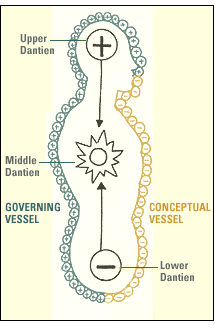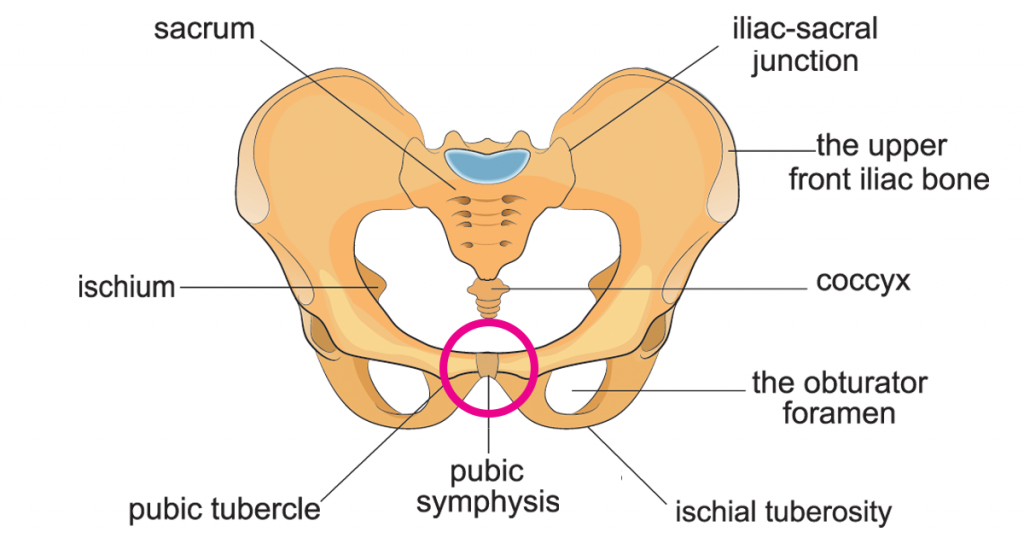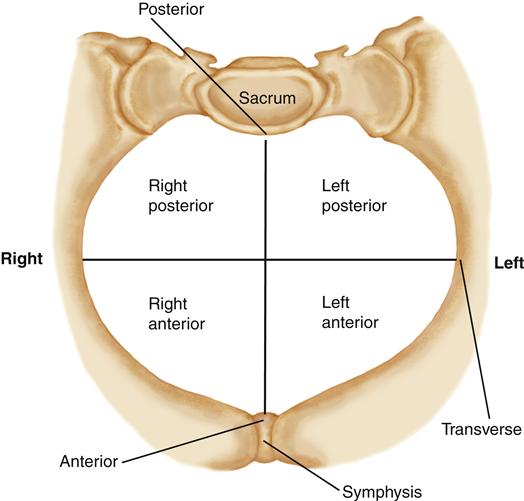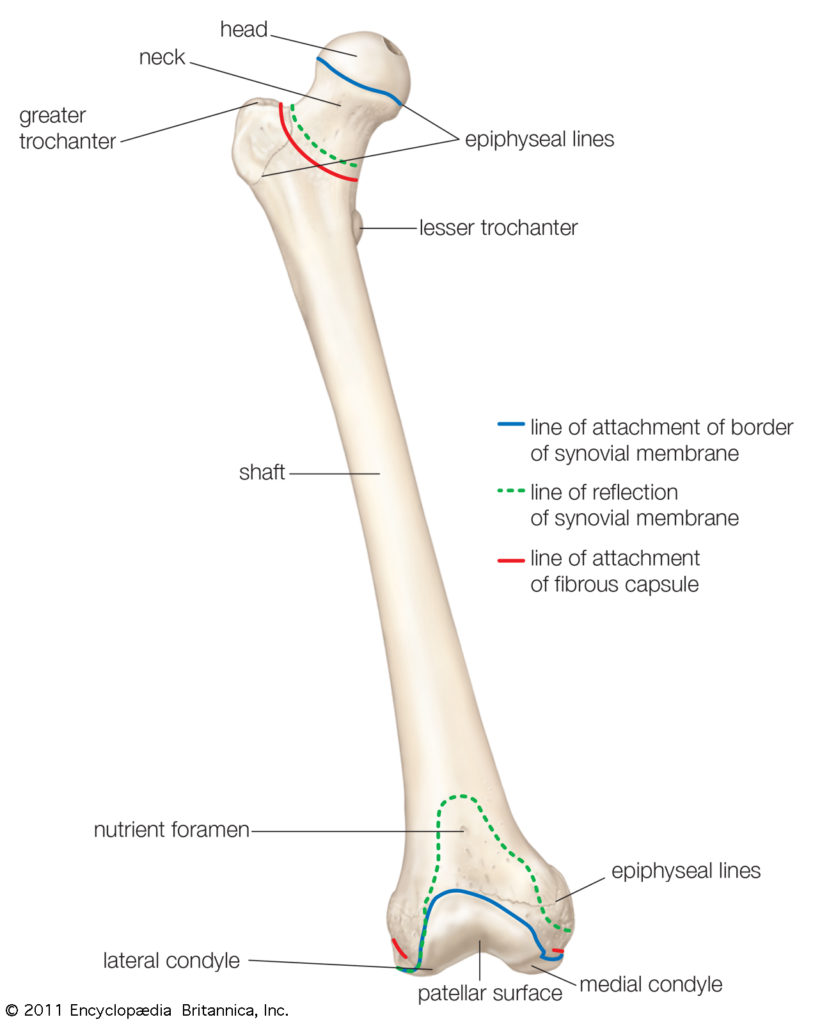Embodying Presence: Class 7 and Review: Pt 1
“When I find myself in times of trouble, Mother Mary comes to me
Speaking words of wisdom, let it be
And in my hour of darkness she is standing right in front of me
Speaking words of wisdom, let it be”
(Paul McCartney, writing of his mother, Mary McCartney, who passed away when he was 14.)
A great question came up in the “Coffee Shop’ section, and to paraphrase:
What exactly do we mean by the meditation instruction ‘allowing things to be as they are‘ ? And how does this apply in the context of our daily lives? ‘Letting go’ is an equally important but slightly different way of considering the challenges of personal transformation, so we will consider both and how they support each other.
Patanjali’s four sutras at the beginning of Chapter 1, the Samadhi Pada, offer us major clues and we will introduce these as we go along.
I-2 yogash citta vrtti nirodhah:
Yoga is the resolution of the (dysfunctional) mind states
I-3 tada drashtuh svarupe avasthanam:
Then the identity of the Self (I am) with pure Awareness becomes and remains stable.
I-4 vrtti sarupyam itaratra:
(At other times, i.e., in dysfunctional mind states) mind activity is mistaken for the Self.
I-5 vrttaya panchatayyah klishta aklishtah:
Mind activity has five basic categories and can perpetuate delusion, or not.
****************
At the most basic level, it is important to first recognize and acknowledge that we all have unconscious ideas, beliefs and patterns of dysfunctional mental activity that shape our behavior and perpetuate suffering in ourselves and others. The fact that these are unconscious often implies some level of repression and overriding this internal cover-up is the challenge. ‘Allowing things to be’ is an intention or invitation for these mental patterns to no longer be hidden from view. Once they see the light of day, we can begin the process of ‘letting them go’. (Sutra I-2)This is true both personally and collectively. All mental activity is included in the term citta vrtti, (I-2), but not all mental activity stems from delusion and creates suffering. (I-5).
Our dysfunctional mental patterns begin in very early childhood in the emergence of a primitive self sense. This egoic process fully emerges in the ‘terrible twos’ and is defined by rather definitive declarations of me, mine and no. Of course this primitive self sense is very vulnerable and unstable and needs love and nurturing to give it some ground and security. As we grow, we accumulate a set of survival skills that have both healthy and unhealthy components. (See the Five Skandhas for a more detailed description of the Buddhist perspective on the egoic development. Also Ahamkara: Parts, Voices and Selves for a western model.)
Ideally, as we ‘grow up’ our self identity expands and evolves, but chronological adulthood doesn’t guarantee emotional maturity. The reality is that many of our learned survival skills are still primitive and often compete with each other for control. There are inner psychic structures that are still very vulnerable and carry wounds and traumas so painful and overwhelming they must be repressed. But this also means that our emotional and spiritual evolution is often stuck back in childhood and we do not even recognize this. As we begin to meditate, this inner three ring circus of the mind begins to reveal itself. Our job is to sort out the healthy from the unhealthy (Sutra I-5) and devise strategies for healing. George Harrison, the most spiritually enlightened Beatle, wrote a humorous and painfully true song about his (and our) inner world.
All through’ the day
I me mine, I me mine, I me mine.
All through’ the night
I me mine, I me mine, I me mine.
Now they’re frightened of leaving it
Ev’ryone’s weaving it,
Coming on strong all the time,
All through’ the day I me mine.
****************************
At a deeper level, ‘Allowing things be’ is actually ‘taking the perspective of Being‘. We are choosing to see the world from, or choosing to self-identify as True Nature. We are reclaiming our ‘self sense’ from the egoic processes and grounding ourselves in True Nature/Pure Awareness/Embodying Presence, or whatever pointer words we may choose. We are evoking ourselves as unbounded spaciousness and openhearted ‘knowing’ of the Wholeness we are. We are ‘drashtuh svarupe, the Seer resting in our Natural State, sutra I-3. Here, nothing is excluded, nothing extraneous.
Because,”I am the infinite spaciousness in which everything arises” is our chosen starting point, there is no self-identification with anything that arises (I-4), and there is no need to repress or turn a blind eye to anything. We can see that the I-me-mine thoughts are just more thoughts, even though they may also carry a charge of emotion. In the beginning, staying present and spacious can be a bit challenging because it is an unfamiliar perspective.
By allowing things to be, we can offer a spaciousness that allows reflection. If action is needed, we can choose to act from some level of wisdom and compassion, and not ignorance. So it is important to recognize that ‘allowing things to Be’ does not preclude action when necessary.
However, the reality for most of us is that our ‘self identity’ or our primary perspective on life is not anchored in Presence, but in the egoic mental processes based upon the very strong belief of a separate, inadequate “I” or me in an alien world. Patanjali describes this in sutra I-4, vrtti sarupyam itaratra; (at other times/when not in the ‘state of yoga’ as in I-3) mental activity is mistaken for the self.
We thus spend our life energies struggling to sustain this unstable and unconscious, mentally constructed delusion of a self based upon separateness. We grasp after pleasurable thoughts, memories and experiences and avoid, at all costs, any unpleasantness or difficulty, all in an attempt to constantly feed the demands of our delusional beliefs. This is what the Buddha described as duhkha or suffering, and Patanjali as avidya, the fundamental ignorance of our True Nature. Actions flowing from here keep the suffering going.
Because the habitual grip of delusion is powerful and usually unconscious, recognizing its functional pathology amidst the internal circus is very challenging. So we practice! The Sadhana Pada, in Patanjali’s Yoga Sutras, is all about beginning a spiritual practice and gives us three basic components he links as Kriya Yoga. The following words in italics are my commentary from the web site and the Bold is my linking this to the thread of this blog.
************
II-1 Tapah-svaadhyaayeshvara-pranidhaanaani kriyaa-yogah
Kriya yoga (path of action) consists of self-discipline, self-study, and surrender to the Divine.
If we look closely, we can see Patanjali beginning an expansion of the core practices first introduced in Chapter 1, abhyasa and vairagyam. Self discipline, tapas, is the first stage of abhyasa, choosing to cultivate steadiness of mind and firmness of will power, day after day, year after year, with patience and persistence. We commit to practice, to just sitting. We may not resolve any of our confusion delusion in the beginning, but we stay the course with patience, compasssion and persistence.
Self study, svadhyaya, then applies this focus in two areas. Firstly, it is noticing all of the I – me – mine thoughts and other forms of delusion/confusion that clog the mental airwaves. These are the ‘klishta vrttis described in I-5, the painful thoughts that arise in the process of ‘selfing’, a lovely and simple term coined by Larry Rosenberg of the Cambridge Insight Meditation Center. These thoughts are just that, thoughts. But they are very clever at posing as the “Self”. They are usurpers and are insidiously ingrained in our habitual patterns of belief and thought, draining energy away from our natural creativity. However once they are seen, once they become objects of perception, they can no longer pretend to be the Seer. We can stop feeding them with more psychic energy. But they do not give up the throne easily!
Secondly, svadhyaya includes the study of the “True Self”, the Seer, Purusha, as unfolded in the spiritual teachings. The Upanishads and the Bhagavad Gita from Vedanta and the Hsin Hsin Ming from Buddhism are examples. This leads to the beginning of viveka, discriminative awareness, differentiating Self from not-self, purusha from prakriti. We jump ahead here as we are taking the always and already present view of the True Self as our starting point. (Sutra I-3)
From this discrimination, we learn how to surrender to The Divine, the “Self”, in “Ishvara Pranidhana, and not the egoic self. In chapter 1, Patanjali devotes several sutras to Ishvara Pranidhana, and it will appear again as part of the 8 limbs (ashtanga) of yoga later in chapter 2. Most beginners struggle with the divine as “Formless Absolute” so a more personal deity can be used. Here is surrender meaning ‘Letting go”. Letting go of the dysfunctional egoic perspective and allowing the Wholeness of what is, aka Ishvara, to use us as a vehicle of Divine consciousness as we act in the world. Letting go gets progressively more challenging as we penetrate the unconscious places where the most subtle of egoic structures reside. Fear arises, so we come back to our grounding in the body.
**********
To summarize Kriya Yoga: we sit: we observe the movements and machinations of the inner world and begin to discriminate. These thoughts, ideas, beliefs, the klishta vrttis, (sutra I-5) perpetuate suffering. We choose to restrain them (sutra I-2) from creating action and let go of the root beliefs that support them. These thoughts and ideas are flowing from wholeness and are based on love and compassion. We choose to nurture them in ourselves and others to help end suffering in the world.
We sit: We observe: Wow, the human condition generates a lot of unnecessary suffering, I can see it unfolding in my own life, and it is really painful. We don’t argue with it, we don’t ignore or avoid it, we don’t give in to its demands. We allow it to be with in the vast spaciousness so we may learn from it. We let go of what is inhibiting spiritual and emotional growth. This is the perspective of wisdom and compassion, of Presence and Being, of Ishvara.
In both ‘allowing/Being’ and letting go’, it is very important to differentiate, not only between our meditation practice and our daily life activities, but also between our inner world and the outer world. In meditation, we are choosing and intending to separate from the outer world and deeply observe the inner processes of the mind. * For this very ‘yin’ state, we choose a quiet place and a time where we are free of outer obligations, and thus can devote our attention to remaining ‘as stillness’ and just listening as the inner world unfolds. The need for action is at a minimum.
* (See the note from Tibetan teacher Phakchok Rimpoche below.)
However, it is always possible that the outer world will intrude on our quietude. Resisting any intrusion brings about contraction and tension, so this is the first stage of ‘allowing things to Be. The outer world will always be beyond our ability to control. Noise is noise, distraction is distraction. Nothing more, nothing less. The outer world will always be offering another form of energy to arise as we sit in awareness. If the neighbor decides to use his leaf blower while I am sitting, well, that is a wonderful time to observe how I respond to this. This is the inner world.
As we look more deeply into our meditation we see that ‘what is arising’ is usually layered in complexity. The song of a bird may bring a sense of lightness and delight, triggering a delightful reverie. The leaf blower may awaken resistance and more. As the sound of the leaf blower arises, if I experience this as a disturbance to my meditation, frustration arises. This may then trigger shame, because I can see I am losing my cool and in meditation I am supposed to be having a peaceful experience. If we are paying attention to ‘what is arising’, we begin to notice a ‘meaning making’ dimension of mental activity. How we interpret what is arising is a place where we can do a lot of editing.
As we sit, sensations (the sound of the leaf blower) may arise from the outer world, thoughts and emotions from the inner, or some combination. The secondary mental activities are our reactions to the primary ones and are often interpretations. Calling the sound of the leaf blower a disturbance to my meditation is an arbitrary judgment based on a misunderstanding of meditation. The chain reaction of emotions and thoughts that follow is suffering. If ahead of time we can be clear that ‘we are accepting of whatever arises’, then possibly we can begin to let go of the layers of judgment lurking in the unconscious.
All of this happens very quickly. A simple thought does not carry a big charge so it can dissipate fairly quickly. In time we begin to realize that reactive mental movements pull us out of Presence and learn to come back. But one attached to a powerful emotion like fear or anger is another story. As our practice strengthens, we become accepting with all of this as we have learned to: allow the leaf blower to just be; accept our initial reactivity as a misunderstanding of meditation and allow the emotional energy to run its course. We resist the urge to continue resisting by bringing our attention back to the breath and the natural spaciousness of the energy field of the body-mind.
To summarize, we allow the primary mental movements to come and go, but consciously work to ‘restrain’ the reactivity that takes us out of Presence. (sutra I-2) Often this restraint requires just a re-interpretation to minimize reactivity. We can say that Presence is the state of non-reactivity, even amidst the multiple layers of reactivity. This is ‘self-control’ 101 and the clue to understanding Patanjali’s definition of yoga practice as ‘citta vrtti nirodha’. (sutra I-2) As all yogic/Sanskrit words, nirodha is has layers of meaning.
The first level of nirodha is restraining the urge to leave Presence. In Sanskrit, this stage is known as dhyana. As restraint is learned and attention stays in Presence, the primary thoughts, sensations, and preliminary reactions, when allowed to arise without further reacting, eventually ‘resolve’ back into open spaciousness, just as a fire will eventually burn out when it runs out of fuel. The natural resolving or dissolving the mental activity back into open spacious Presence is second level of nirodha. Thoughts, sensations and emotions can arise at any time from anywhere. Trying to restrain them will only lead to more confusion and suffering. But we can learn to sustain a spacious awareness that allows these citta vrttis to arise and run their course. Many habitual vrttis just need patience and love to help them resolve. This is a crucial component to growing and stabilizing the collective awakening as well as our own Embodying Presence.
But ‘citta vrtti nirodha‘ is not the only way to sustain Presence. We also build the capacity to stay in Presence by awakening and enlivening the energy field of the body and this is another layer of letting go. In a somatic meditation practice, letting go begins with the direct felt sense of allowing the breathing to pass through us without grasping or resisting. The tendency to unconsciously ‘hold the breath’ for short moments, especially at the end of the out breath, is amazingly common, especially for beginners not used to paying close attention.
As the breathing becomes more free, the next stage can expand into our somatic samadhi practice, where we consciously choose to sustain attention on specific energy points, lines, circuits and fields of the body. By awakening and strengthening the vibrancy, vitality and sensitivity of the cells, fluids and organs, we tap into their innate fluid, dynamic and resonant relationship with Mother Earth and the Cosmos as a whole. Awakening and relaxing into our billions of years old biological intelligence* creates the safety to let go of unconsciously held patterns of fear and tension stored as somatic memories in the tissues of the body. Some, the deeply entrenched patterns like trauma, will not resolve easily and the support of a conscious therapist who can hold the space of Presence for both will be helpful if not necessary. * (See Patanjali’s second sutra on asana, II-47.)
This awakening vibrancy engages our attention in a way that makes it easier to allow the sensations, emotions and thoughts to also flow through us. We just ‘let them go’, as the vibrancy reveals the underlying open spaciousness. The habitual reactive tendency here is to ‘hop on the train of thought’ and go for a mental ride, losing connection with Presence/open spaciousness and cellular vibrancy. This practice here is, when we realize we have become lost in thought/story, to gently bring our attention back to the breathing process, or one of our other somatic cues, and stay there, stabilizing our attention in the prana and energy field.
On a collective level, the outer world will always present us with challenges. ‘Let it Be’ asks us not to argue with Reality. Eckhart Tolle describes suffering as being in a dysfunctional relationship with the present moment. As ‘Becoming’ Awakens, we can see and feel the layers and levels of social and racial injustice as deeply as possible. Same with the ecological crisis we are facing. When a large segment of the population refuses to see what is arising, or argues that there is nothing there, there is a serious problem. See, feel and open to what is arising and from the depths of your own inner wisdom, act. Collective action flows from the community awakening to the unconscious and changing the course of action.
When it comes to culture and our relational live, we are still hoping to restrain reactivity. ‘Letting things Be’ begins with acknowledging how our unconscious choices, embedded in generations of culture continue in the present moment to create suffering for all beings of our planet. This is embodying delusion, and modern culture is filled with a non-stop series of choices and actions that reflect this pathology. Our journey is to see through the delusion and live as Embodying Presence. The great spiritual paradox is that we are always Being and always Becoming. Embodying Presence is not Embodying Perfection. It is Embodying Love, Compassion and Wisdom, accepting our humanity and continuing to grow and evolve.
We allow our collective judgments, greed, anger, aversion and any of the other possible ways in which we are triggered to be seen in collective Presence. Then, by consciously choosing not to act from these unconsciousness habits, we as a society can begin ‘letting go’ of them. This is very important in all relationships, as the cycles of suffering are easily perpetuated when people and cultures get entangled in cycles of reactivity. Pausing, taking a few deep breaths and finding some space before we speak or act can save us from creating more suffering. In sutra II-16 Patanjali offers ‘heyam dukkham anaagatam’ or ‘suffering that has yet to manifest is to be avoided’. This is restraining on the social level.
Closer to home, the same principle rules. ‘Letting things Be’ does not mean ‘do not act’. But, as best possible, let that action come from wisdom, compassion and love. Parenting is an amazing testing grounds for this, as are all familial interactions. No one can push our buttons the way our children, spouses, parents or siblings can. Letting Be’ and Letting go’ are two great tools to help navigate and heal the emotional/relational field that is the root of our collective healing and awakening.
We live in a time where interpersonal communication at all levels is crucial for our survival. Unfortunately, most of us have unconsciously picked up less than skillful habits from our families, schools and society as a whole. Contemporary Buddhist teacher and author Oren Jay Sofer has written: “Say What You Mean: A Mindful Approach to Nonviolent Communication” that addresses the skills we all need to be able to both listen and act in all of our interpersonal relationships. Kate has worked with Oren and highly recommends his work.
- From Phalok Rimpoche, on another way of expressing ‘True Nature”
| As always, I hope this message finds you well, healthy and happy. For today’s Guru Rinpoche day, I would like to share with you a song of realization, which the master Tsangnyön Heruka sang to his disciple Bönpo Dorjé Nyingpo as he was giving him mind instructions: “One day, at the time when Tsangnyön Heruka was giving instructions to Bönpo Dorjé Nyingpo on how to search for the mind, he sang the following song as a pointing out: Listen son, Dorjé Nyingpo, you who search for the mind! The very one who is searching—that itself is the mind, So how will you ever find it by looking elsewhere? A sword, though sharp, cannot cut itself. The eye, though clear, cannot see itself. Don’t be the thirsty man who searches for water as he is drowning; The person who struggles to undo a knot tied up in space; Or the barren woman who weeps at the death of her child… Just so is searching elsewhere for the mind you never lost! The perfect Buddha is nowhere but this very mind. Therefore, you must trust yourself! Listen to this song about the true nature of your mind: The essence of your mind, the unborn all-ground, Without cause in the beginning, is present while causeless. Without cessation in the end, it is present while essenceless. While free from all bias toward samsara or nirvana, it is present. It is free from substance, characteristic, or color. Not existing as one, while appearing as many, it is present. Though it is inexpressible, while I express it in words, it is present. Concealed when searched for, still it remains, and is present. When you let go and settle, it shows its face, and is present.” With this pointing out of the mind, Bönpo became a Dharma practitioner.” Now, I would just like to briefly add that all of you are probably doing some sort of Dharma practice. Whether you are meditating on a regular basis or not, the crucial point for you to understand is how important the mind is. Becoming a good Dharma practitioner is entirely dependent on the mind. So please master your mind. With all my love, Sarva mangalam. |
Phakchok Rinpoche |





